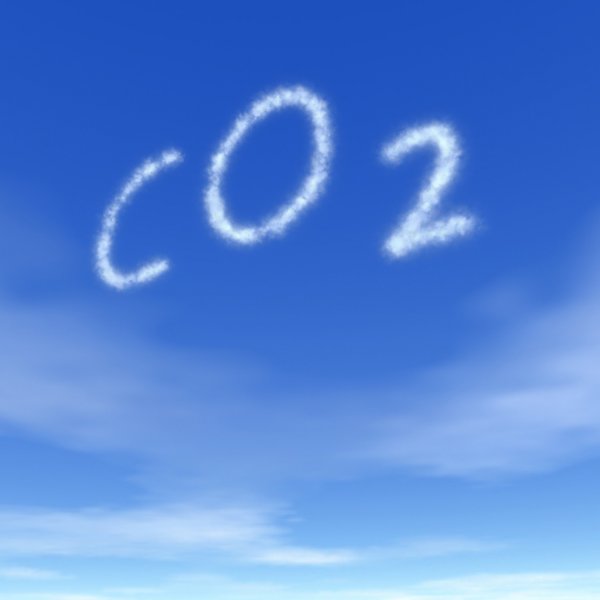For quite a long time, they’ve been worried about items and packaging found to contain chemicals connected to incessant malady, including cancer and endocrine interruption. With endeavors to expand the circularity of materials, these risky synthetic concoctions inadvertently could wind up reused into future items — in any event, finding their way into “greener” choices.
In any case, many significant companies are venturing up, embracing rehearses that limit the utilization of risky substances in items and bundling so as to make a more secure and increasingly roundabout economy.
Responsibilities to reusing and reusing materials in items are basic to a progressively reasonable, roundabout society. However dangerous synthetic concoctions in things that are utilized each day can cause long haul health issues. Take fire retardants in TVs, for instance. Certain fire retardants utilized in TV walled in areas don’t separate in nature and can collect in our bodies, causing barrenness, disease or hormone disturbance. At the point when these hardware are reused at end of life, these dangerous fire resistant synthetic compounds can wind up being reground and reused in new items including toys — uncovering reusing laborers and kids to unsafe substances.
To address this issue, driving companies are investigating potential issues in their items and supply chains and receiving defensive material health methodologies in item structure and assembling. One way they’re moving toward these synthetic substances of concern is by regulating corporate activities. Apple, for instance, launched its Chemical Management Program to assist providers with building up a thorough way to deal with overseeing synthetic concoctions securely. The program, which incorporates 113 taking an interest provider offices, empowered Apple to build up a Regulated Substances Specification (RSS) rundown of the entirety of the synthetic compounds used to make its items, gathering data from a few levels of upstream providers to distinguish and wipe out destructive substances in its items.
Utilizing the RSS, Apple works with its worldwide providers to discover and supplant dangerous synthetic concoctions with more secure substances. Until this point in time, the company has dispensed with mercury, brominated fire retardants, PVC, phthalates and beryllium from its items including PCs and phones. Apple keeps on screening materials with far reaching hazard appraisal devices, including GreenScreen, to assess substances against 18 perils, including cancer-causing agents, mutagens and endocrine disruptors.
The exertion is particularly significant given that in 2017, Apple pronounced its expectation to fabricate every single future item utilizing just reused and inexhaustible materials. The company built up a robot tenderly named “Daisy” to disassemble iPhones as a major aspect of a push to recover 14 significant metals and materials. For instance, cobalt, tin and different materials gathered by Daisy are being reincorporated into new Apple items. As indicated by the organization’s yearly report, Apple utilizes recuperated tin in the patch on the fundamental rationale sheets of 11 gadgets. Furthermore, in 2019 Apple reported the opening of its new Material Recovery Lab to improve reusing rates and gadget dismantling. The organization renovated more than 7.8 million gadgets in 2018, redirecting 48,000 metric huge amounts of e-squander from landfills.
Buyer packaging is likewise a region where shoppers and brands are centering for more noteworthy circularity. Be that as it may, some packaging contains dangerous substances and ought not be recycled once more into the economy. Models incorporate tireless and unsafe materials, for example, per-and polyfluoroalkyl substances (PFAS) and Bisphenol A (BPAs), the two of which are utilized in nourishment packaging .
As of late, retailer Ahold Delhaize USA additionally propelled a reasonable chemistry responsibility to limit these and different synthetic concoctions from its private image items and packaging. The basic food item retailer will work with its providers to dispose of specific synthetic compounds of concern and rather utilize feasible substitutes. Ahold Delhaize USA intends to check that need items meet these prerequisites with testing and item affirmation.
Be that as it may, materials of concern inadvertently can be added to items and packaging, for example, those in TVs and toys, as referenced previously. Ahold Delhaize USA likewise plans to work together with its store network to address the main drivers for potential contaminants of concern so they don’t wind up in completed items and packaging. This could incorporate impurities and contaminants in crude materials and assembling forms or in reused feedstocks.
Working with the store network is basic to guaranteeing that dangerous substances don’t get reused once again into the economy. Estimations and associations can help. Family-possessed toy maker Radio Flyer gets this. One of the key steps the company took to propel the utilization of more secure materials was to quantify its synthetic impression — which synthetic substances are of concern and the levels present in any of the organization’s trikes, bikes, wagons and different items. This requested critical correspondence with providers and their providers to discover these responses to make utilizing synthetic compounds and materials that can be securely “reincarnated” into future items.
Radio Flyer found that engaging profoundly with its providers propelled its endeavors, yet additionally reinforced numerous provider connections. What’s more, the Chemical Footprint Project convention gave a significant instrument that followed, quantify and report progress. Radio Flyer and Walmart have been taking an interest in the Chemical Footprint Project and in 2020, Ahold Delhaize USA likewise plans to finish The Chemical Footprint Project overview.
The way to a more secure and round economy requires expelling synthetic compounds of concern.
Finding a way to evacuate and avoid unsafe materials may not be simple, however it is a basic advance to the eventual fate of an economy that circles its assets and ensures that they are alright for human health and nature.
Disclaimer: The views, suggestions, and opinions expressed here are the sole responsibility of the experts. No Graph Daily journalist was involved in the writing and production of this article.



